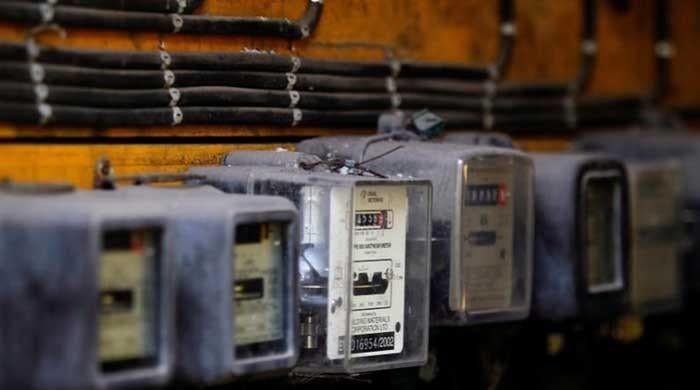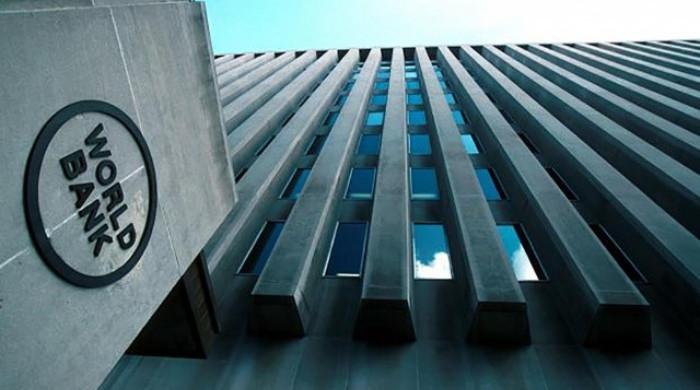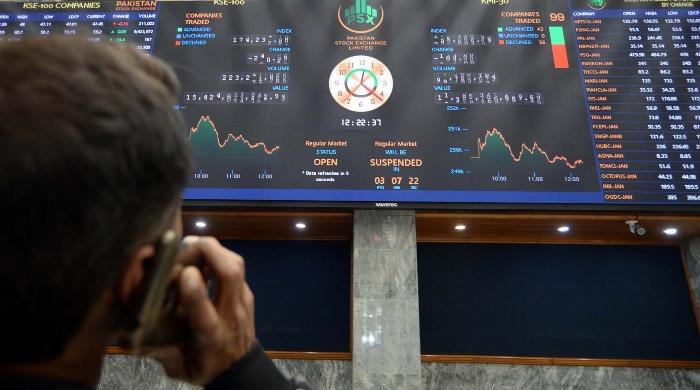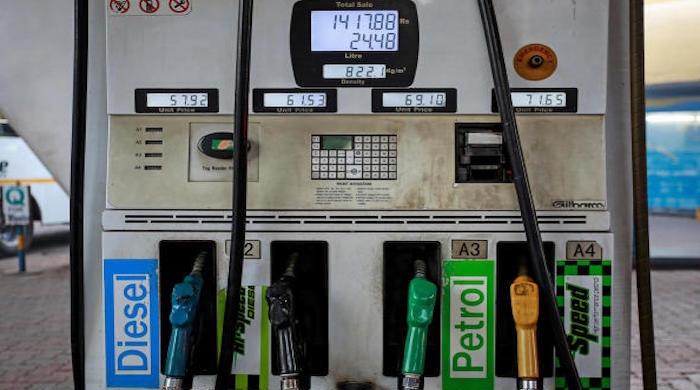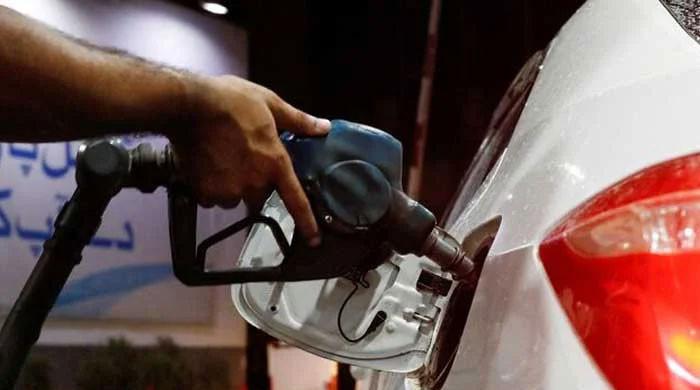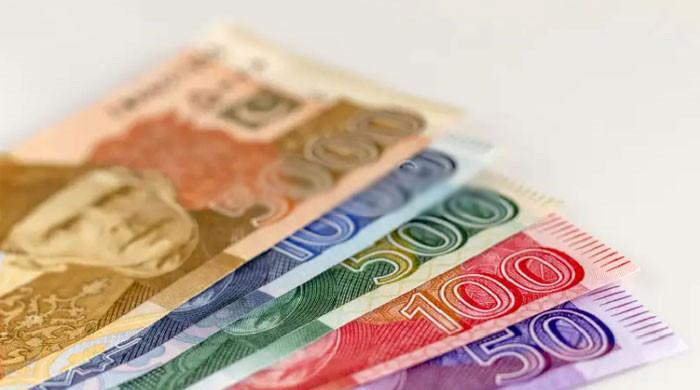Rupee's appreciation run against US dollar continues
According to SBP, rupee closes at 197.87 after a day-on-day appreciation of 0.30%
June 01, 2022
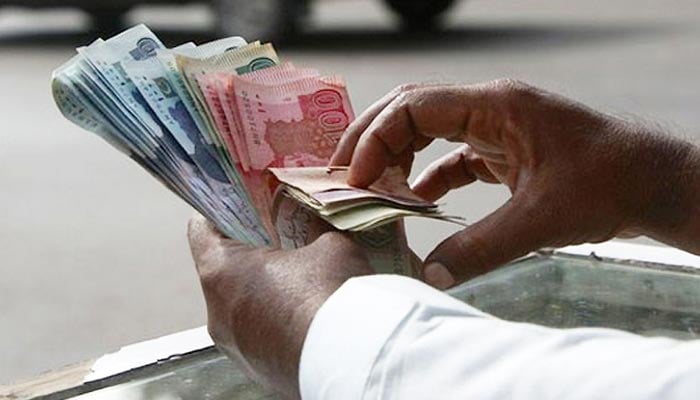
- Rupee closes at 197.87 after a day-on-day appreciation of 0.30%.
- Cumulatively, rupee depreciated 6.4% during May.
- Since July 1, 2021 rupee has shed by Rs40.33.
KARACHI: Bolstered by developments on the political front and positive market sentiment, Pakistan's rupee registered another significant gain against the US dollar, appreciating 0.30% in the inter-bank on Wednesday.
According to data released by the State Bank of Pakistan (SBP), the rupee closed at 197.87 after a day-on-day appreciation of 0.30%. On Tuesday, the local currency closed at 198.46.
Cumulatively, the rupee depreciated 6.4% against the greenback during the month of May. This is the highest monthly depreciation after March 2020 (-7.5%).
Read more: Govt may tax those earning over Rs20m a year more
Since the beginning of this fiscal year (July 1, 2021) to date, the rupee has collectively dropped by a massive 25.59% (or Rs40.33) compared to the previous fiscal year’s close at Rs157.54.
The rupee has maintained a downward trend for the last 13 months. It has lost 29.94% (or Rs45.6) to date, compared to the record high of Rs152.27 recorded in May 2021.
The rupee started recovering since Friday after the government hiked fuel prices to meet the International Monetary Fund (IMF) loan conditions. Pakistan is seeking to secure a staff-level agreement with the Fund in June.
Read more: Which other items has the govt exempted from import ban list?
Finance Minister Miftah Ismail said Pakistan needs about $36-37 billion in financing for the next fiscal year.
Analysts said with the recent measure taken by the government to reverse petroleum subsidy partially, the IMF seems to be done soon.
Further, this would prove beneficial for Pakistan as the long-impending approval from the IMF for seventh review (worth $900 million) would unlock more inflows from other multilateral donors, like World Bank and Asian Development Bank.




